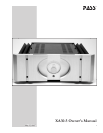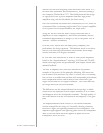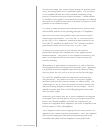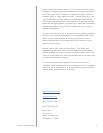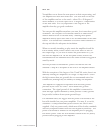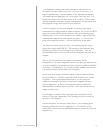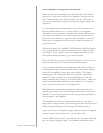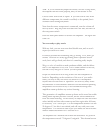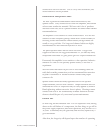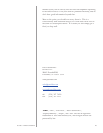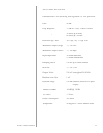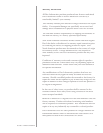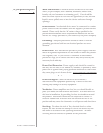
2
XA30.5 Owner’s Manual
Nelson Pass has been designing audio electronics since about 1971,
first with ESS (remember Heil transformers?), and then forming a
new company, Threshold in 1975. Threshold pioneered the design
of high power Class A power amplifiers and later, high power
amplifiers using only local feedback (the Stasis series).
Pass sold Threshold and created Pass Laboratories in 1991, where he
concentrated first on elevating single-ended Class A power amplifiers
to new power levels and performance, the Aleph series.
Along the way he found the time to design successful lines of
amplifiers for such companies as Adcom and Nakamichi, and has
contributed approximately 60 designs (so far) to the public “Do-It-
Yourself ” hobbyist community.
Over the years, Nelson Pass has made power, simplicity, and
performance his design signature. The hardware tends to run heavy
and hot, but elicits high performance and reliability from simple
circuits with little or no negative feedback..
In 1998 Pass Labs released the X series of audio power amplifiers,
based on the “SuperSymmetric” topology (U.S. Patent #5,376,899)
which elicits high power and performance from simple circuits with
minimal feedback.
The first X amplifier, the X1000 was intended as the premier
example of the power of this principle, delivering 1000 watts rms
into 8 ohms at low distortion. By itself of course, this is no miracle,
but you have to consider that products with comparable performance
have complicated circuits with as many as nine consecutive gain
stages and lots and lots of negative feedback. The X1000 had only
two stages and used only local feedback.
The difference was the unique balanced circuit topology in which
circuit errors are replicated at both output terminals so as to cancel
and disappear across the loudspeaker terminals. The high quality of
the sound reflects both the low distortion and simplicity of the gain
path.
The SuperSymmetric circuit consists of two identical matched
circuits arranged like the wings of a butterfly, showing symmetry
from left to right, and operating balanced to the loudspeaker. The
amplified signal appears with opposing phase across the loudspeaker.
Most of the distortion and noise appears in phase across the
loudspeaker, and is not seen.



